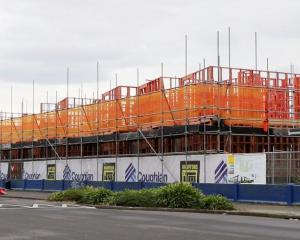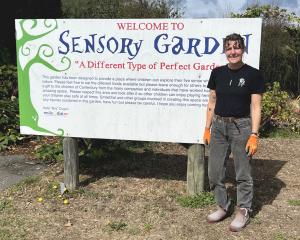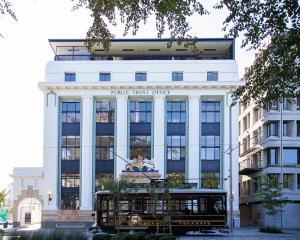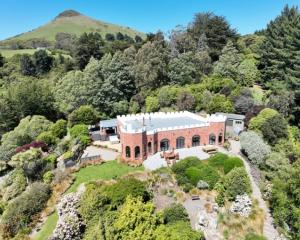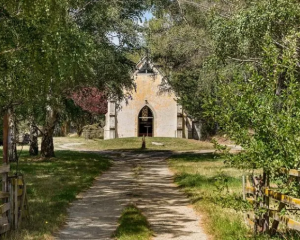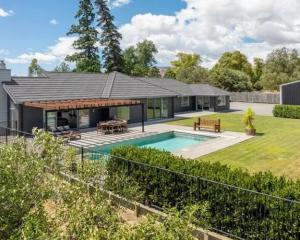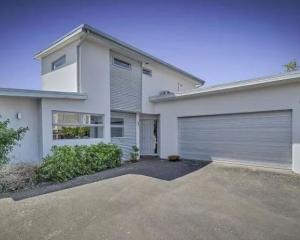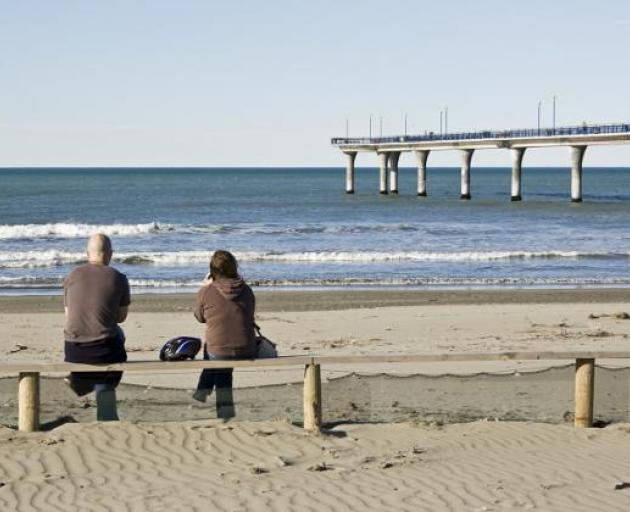
After the devastating earthquakes, many of Christchurch’s eastern neighbourhoods tumbled in popularity, including the beachside suburbs of New Brighton, South and North New Brighton.
But the exodus of people has turned a corner post-Covid, with buyers starting to reassess the suburbs as a desirable place to live.
“The east side packed their bags and left New Brighton [after the earthquakes],” said Mike Pero New Brighton owner Tina Lawson. “But now they’re coming back, you just watch this space.”
According to the latest OneRoof housing price figures, the average property value in all three suburbs sits between $530,000 and $590,000, some of the lowest in the city and well below the $785,000 average property value for the whole of Christchurch.
But house price growth in the suburbs has been strong, up more than 37% in last 12 months and between 7% and 10% in the last quarter.
Agents say New Brighton’s local mall – a huge drawcard for shoppers in the 60s and 70s, but now past its prime – is the last piece that needs sorting to create a transformed town centre, after the successful revival of the playground and He Puna Taimoana hot water pools two years ago
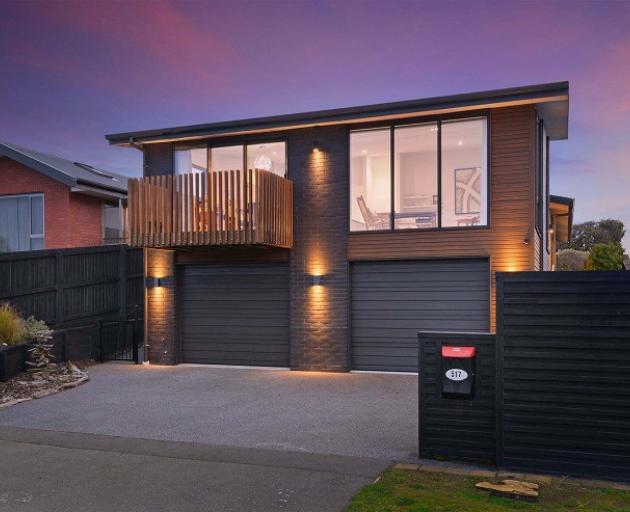
“Anywhere else in the world a beachside suburb would be the best, but not in Christchurch.”
He attributes the city’s population ignoring this stretch of coast, just 15 minutes from the city near a golf course and bound by Bottle Lake Forest, to people being “suburbist”.
“When I was a kid, the local mall was the place to be. And then it wasn’t,” he says.
“But the tide’s changing and New Brighton is on its way. It’s smart buying now, as this will be the place to be in three to five years.”
McIsaac-Luke says a four-bedroom home he sold three years ago in the area for $605,000 would now be worth $900,000.
“$550,000 now would get you a tidy 1950s to 1990s standalone house. A good three-bedroom, one bath post-earthquake build house would be $700,000-plus.”
That boom is spilling into neighbouring suburbs. He points to a new listing he is selling in nearby Shirley that changed hands seven months ago for $509,000 that will now probably sell for mid-$600,000s.
To fill the demand, new development is emerging on the premium Marine Parade strip. Ray White agent Chris Main is currently selling a five-parcel cluster of original homes set on 3050sqm which, with the density zoning, could fit 9000sqm of apartments up to seven storeys high.
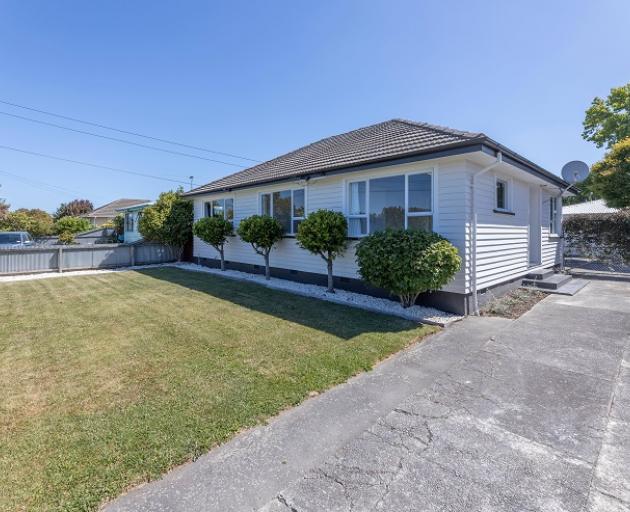
Ray White agent Holly Jones says the secret is out on New Brighton’s appeal. She cites a pre-Christmas sale of $780,000 for a property that would have gone for mid-$400,000s a year ago.
That’s driven by both locals who had left the area post-earthquake now returning as well as a wave of Aucklanders who are buying sight unseen and who plan to work from home once they relocate, she said.
Jones says the relocated Avonside Girls’ and Shirley Boys’ high schools, which moved to a new shared campus on the former QEII Park in North New Brighton in May 2019 (they kept their old names), are a big factor, as well as primary schools in new post-earthquake campuses.
“It’s a funny thing. In most cities, closer to the beach is worth more than closer to the airport, but for Christchurch by the airport is more expensive.”
According to OneRoof figures, the average property value of the airport’s closest suburb, Harewood, is just $1m, while house prices in nearby Avonhead and Bishopdale are $814,000 and $705,000 respectively.
Jones says the changes in New Brighton are having an impact.
“The hot pools rejuvenation, the new developments are selling out. We sold out stage one and two of Seaview Road for 14 houses last year, and have a wait-list for stage three which launches next week with eight homes.
“Prices are being finalised, but last year two-beds went for $550,000 and three-beds for $695,000.
“It’s huge for the area, a new way of living - there are more people for the new cafes.”
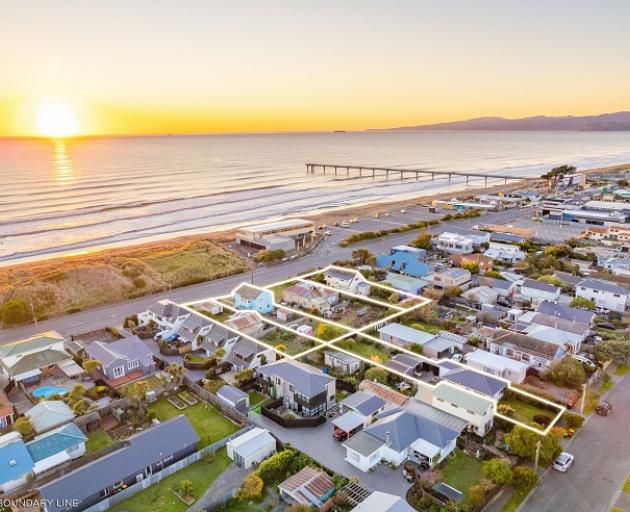
“People suddenly woke up to what we have here, the beach and forest right in the neighbourhood,” he says.
“Since then we’ve had a lot of new families which has put pressure on prices. People coming from Auckland, Wellington, Tauranga who can work from home or there are a lot of cottage industries and self-employed artists.”
Swift says at the top end, a post-earthquake new build house, with four bedrooms, two bathrooms and a view of the golf course could now sell for as much as $1.5m around Waimairi Beach, but sales prices reaching $2m “would be a stretch”.
He says some parts of New Brighton were red-zoned after the earthquake and no longer suitable for homes, resulting in swathes of new green space with established trees, popular with dog-walkers.
“That was inland a bit, maybe 20% of New Brighton. There is still a specialised market of people buying ‘as is where is’ earthquake-damaged properties to do up and sell on,” he says, adding that post-earthquake new homes command a premium over older homes from the 1960s and 1970s.
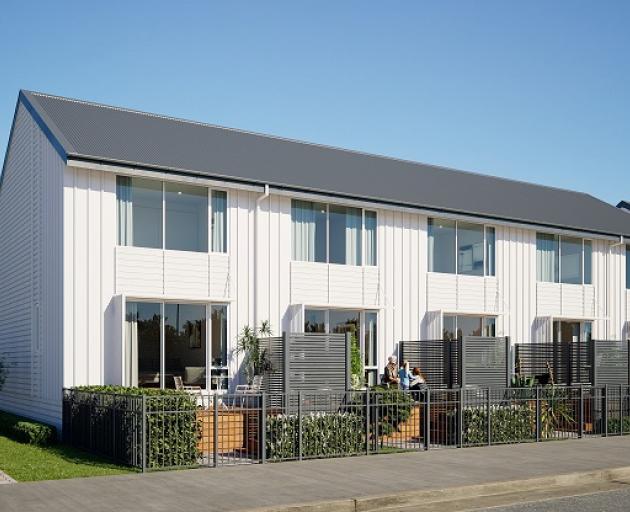
“First home buyers are looking at $650,000 to $700,000 now; it used to be $450,000. We’ve not tested the upper-end but I think if new builds come to market we could see $1.1m to $1.2m,” he says.
“There are sales here in the $800,000 to $900,000 but I’d expect this year some houses, in good position on big sections, would get $1m to $1.5m if they came to market.”
Creek points to a three-bedroom 1970s home on Pegasus Avenue, North New Brighton, that sold under the hammer in December for $650,000. Six years earlier the Auckland-based owner had paid $385,000.
“It’s a generous site, but there’s room to do up. Properties that were always popular with locals now have more pull for out-of-area buyers. The new pools and good hospitality are bringing people across.”


